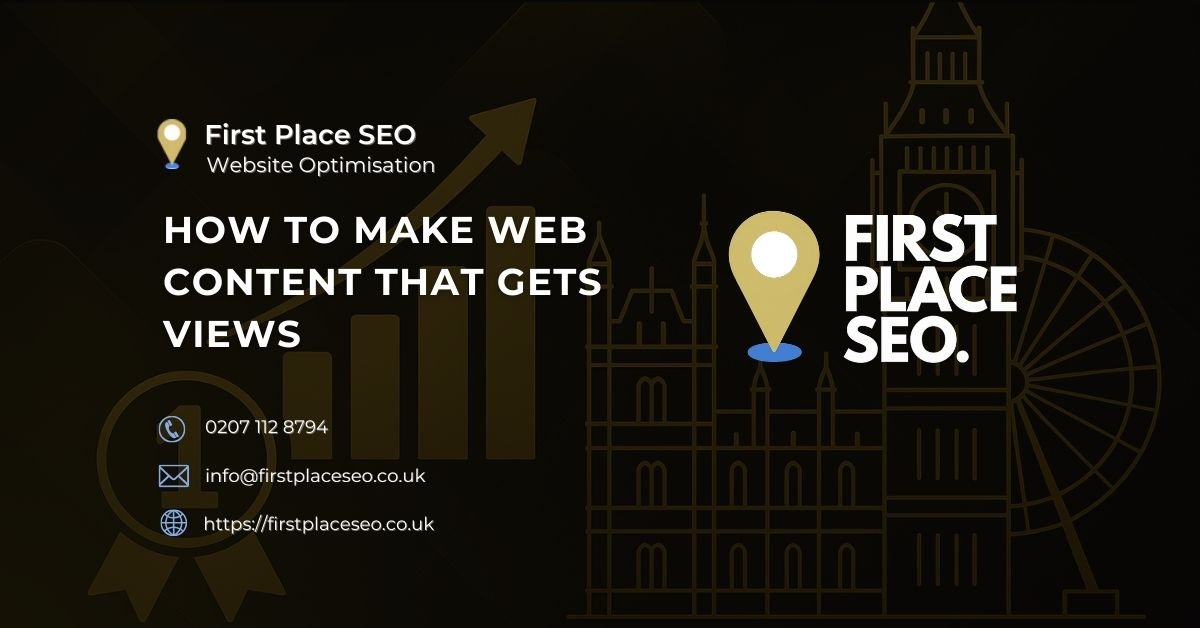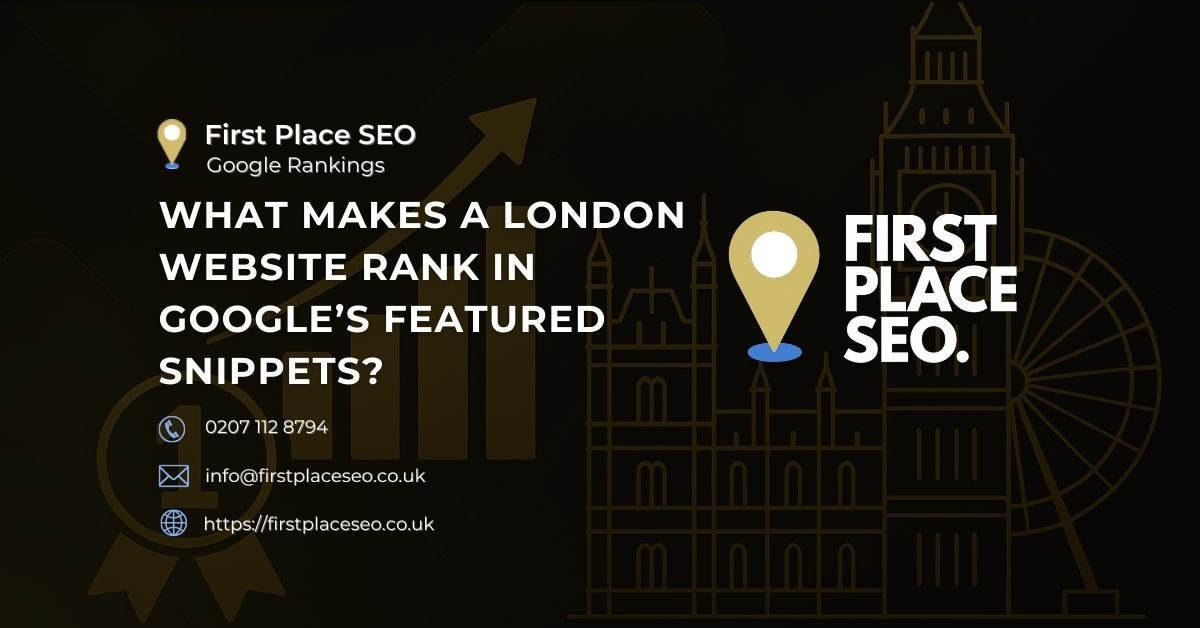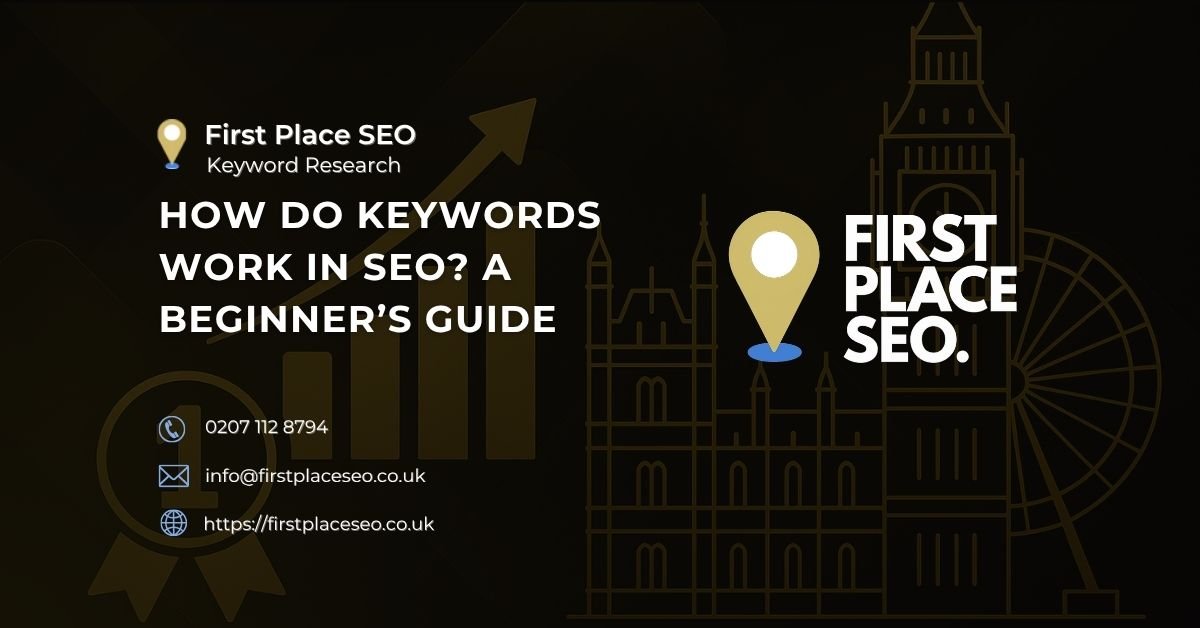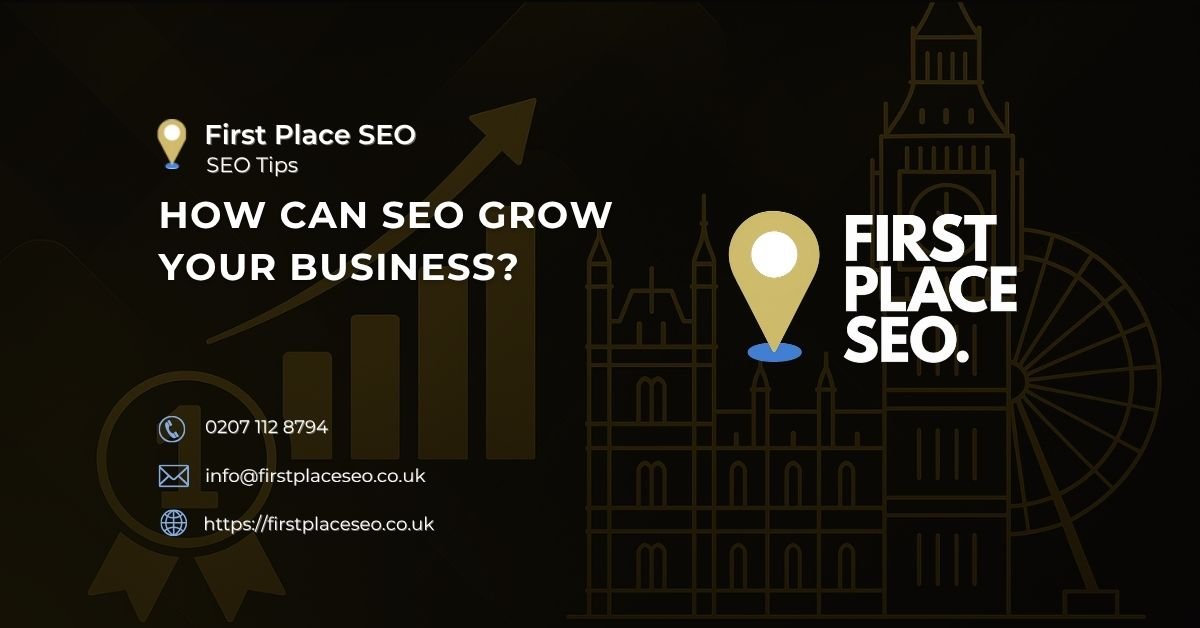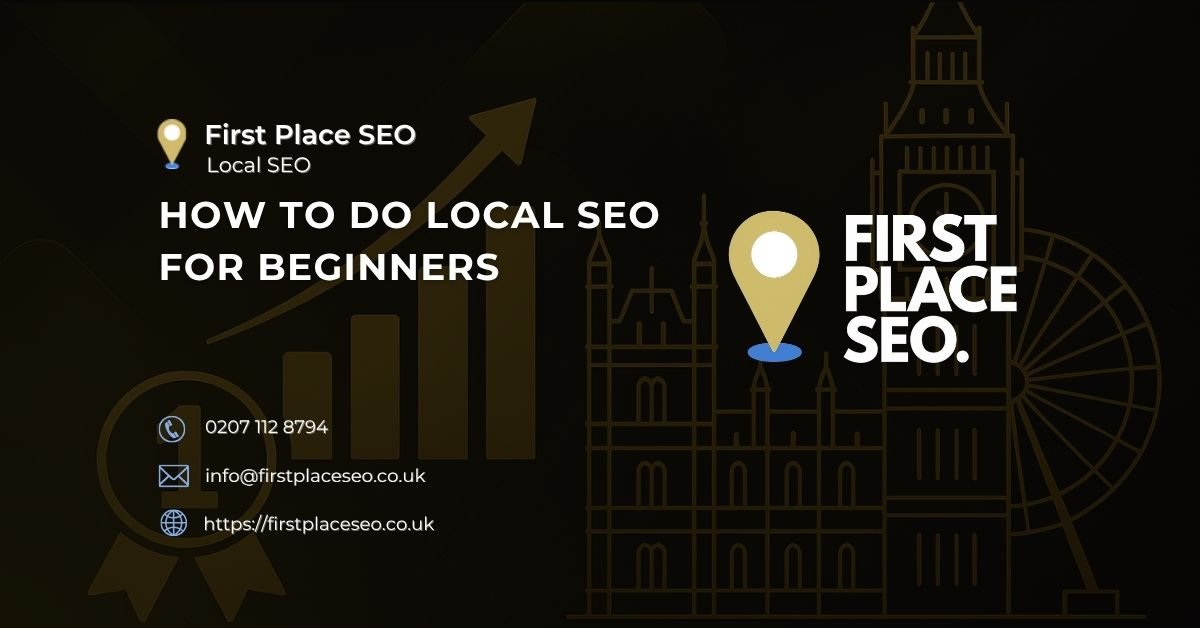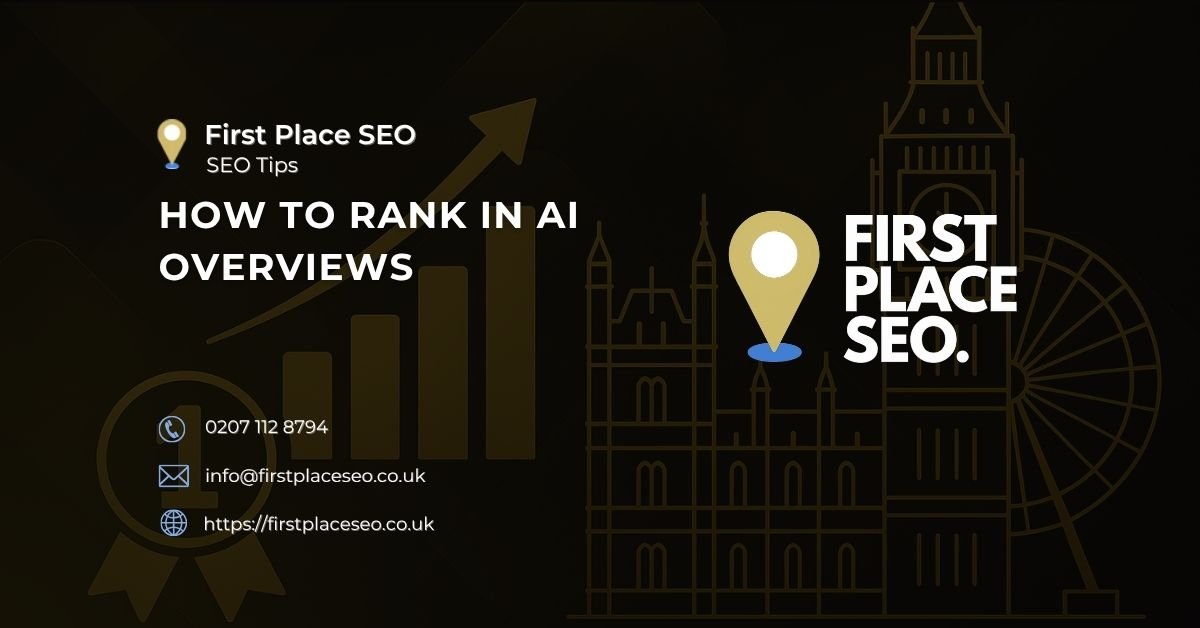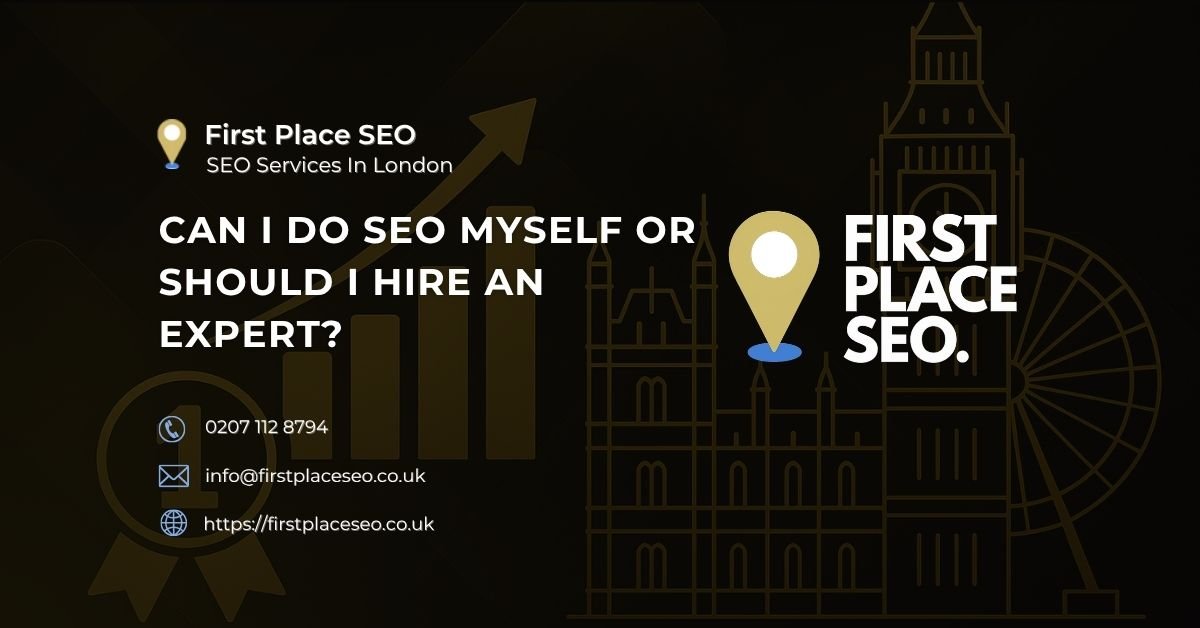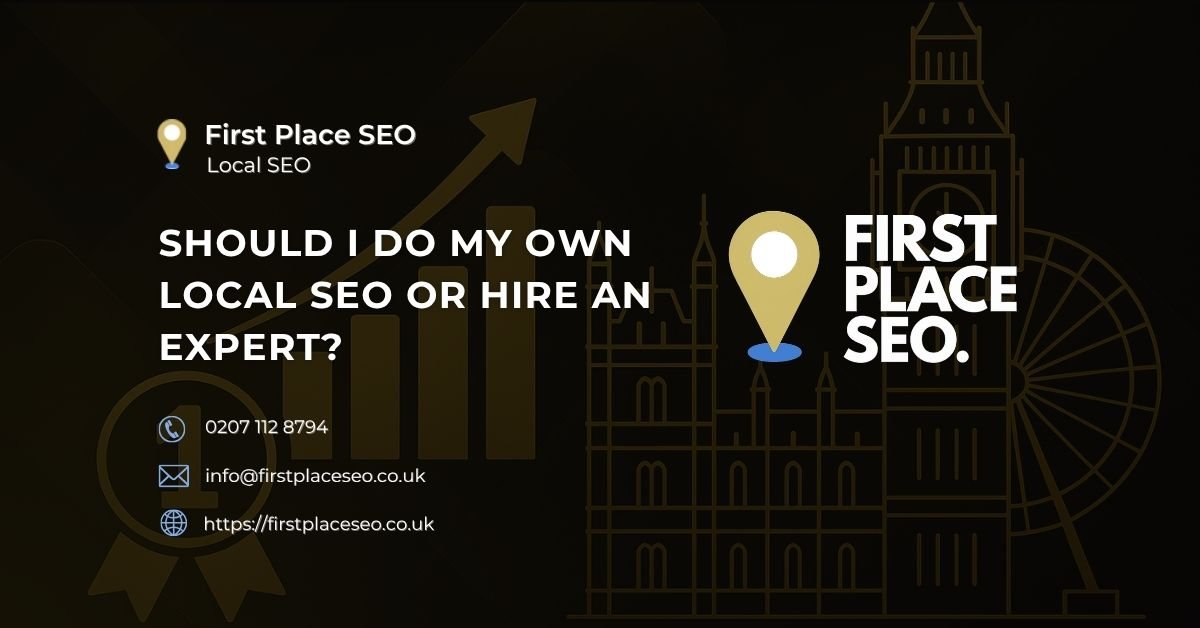How do you create web content that gets views?
To create content that brings in steady views, focus on writing that answers specific user questions, provides genuine value, and matches search intent. Content that is easy to follow, relevant, and technically sound builds trust with readers and improves visibility on search engines. It is important to match keywords with real user needs and ensure everything on the page works well together.
Here's What We Have Covered In This Article
Write for people before search engines
Start by thinking about the real person reading your content. What are they looking for? What questions do they need answers to? This approach helps create content that keeps readers on the page longer, reduces bounce rate, and improves overall engagement. For example, if someone is looking for practical SEO help, they are likely to respond well to plain language and real examples. You can learn more about writing styles in our SEO content writing guide.
What is keyword intent and why does it matter?
Keyword intent shows what a person wants when they search. There are three main types: informational, navigational, and transactional. Understanding which one matches your content helps target the right audience. If someone searches “how to write SEO friendly blog posts”, they want guidance, not a product page. Matching content to keyword intent is key for attracting the right kind of traffic.
Use tools like Google Search Console and SEMrush to identify search terms with clear user intent. Include variations like “SEO article structure”, “content strategy tips” and “improving blog visibility” throughout your writing.
Be helpful, specific and relevant
Answer real questions directly in your content. Offer solutions with examples or simple walkthroughs. This shows experience and builds trust. If you offer SEO services, explain how they solve issues like duplicate content, slow loading times or low rankings. Include linked examples where possible such as an article on technical SEO basics.
Turn Visitors Into Leads With Smarter Content
Drive better results with content designed to inform, engage and convert.
Use real examples that reflect genuine outcomes
If you helped a local business improve traffic by updating old content and fixing metadata, say so. Be specific about the issue, the actions taken, and the result. Phrases like “After restructuring internal links and updating meta descriptions, site traffic improved by 36 percent within two months” tell a stronger story than vague claims.
Use different formats to connect with more people
Some readers prefer text while others respond to videos, audio or infographics. Include multiple formats where possible. For example, a written guide on on page SEO can be supported with a short explainer video that highlights the key elements.
This mix increases time spent on site and makes the content more accessible. If you embed a video in a blog post, include a transcript to improve accessibility and keyword indexing.
What are the best ways to generate content ideas?
Watch what people are asking on social platforms, review your customer emails, and pay attention to common themes in reviews. Reddit and Quora are especially helpful for spotting emerging questions. Search threads like “what are the best free SEO tools” or “how can I improve website visibility” for ideas.
You can also check tools like AlsoAsked or AnswerThePublic. These show follow-up questions people ask related to a topic. This is ideal for creating content that answers the full picture around a keyword.
Refresh older posts to keep them relevant
Check existing blog posts and see what can be updated. Make sure statistics are current, links still work, and search intent has not shifted. Add new examples, adjust headings, and make the post more helpful overall.
Older content that ranks can drop if not maintained. Updating these pages signals freshness to search engines and keeps your site competitive. We recommend reading our guide on updating SEO content effectively.
Internal links support both user experience and SEO
Good internal linking helps readers discover more of your site. It also shows search engines how your content is organised. When writing about SEO basics, link naturally to more detailed resources like on page optimisation or link building techniques.
Use anchor text that fits into the sentence, like “As explained in our on page optimisation article” rather than separate lists of links. This keeps the flow of the content smooth and adds relevance.
Keep the website fast and easy to use
Website performance is part of content quality. A page that loads slowly or does not display well on mobile loses users fast. Compress images, limit large scripts, and test loading speed on both mobile and desktop.
Use Google’s PageSpeed Insights and Lighthouse tools to find what can be improved. Also, check that your site is easy to navigate and that content is not blocked by popups or banners.
Break up long blocks of text
Readers scan. They do not want to search through large chunks of text. Use headings that clearly say what the section is about. Keep paragraphs short and use lists where it makes sense. For example, when explaining how to research keywords:
-
Use tools like Google Keyword Planner or Ahrefs
-
Look for keywords with high intent and low competition
-
Focus on search terms that match your topic precisely
Keep your tone natural and relatable
You do not have to sound overly formal to be trusted. Write how you speak, using plain English. Avoid marketing fluff or words people do not use. If you must use a technical term like meta description, explain what it is the first time.
People will trust your content more if it feels like honest advice from someone who knows what they are doing, not a sales pitch. This is especially true for smaller businesses and service providers.
Plan ahead with a content calendar
A calendar helps you stay on track with publishing. Choose a mix of timely topics and ongoing evergreen content. Make sure the subjects are ones your audience cares about. Plan supporting content too, such as follow up blog posts or email summaries.
Your content calendar should include:
-
Topics and target keywords
-
Publication dates
-
Format type (blog, video, email, infographic)
-
Responsible team member
This structure avoids gaps and keeps your site active.



